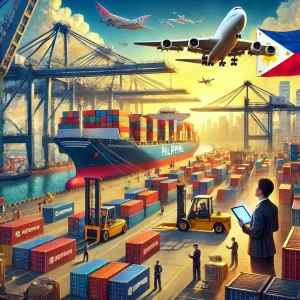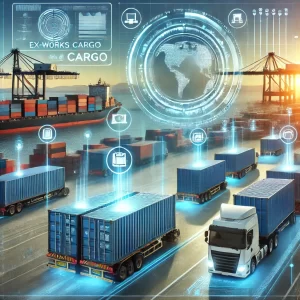The marine industry is constantly changing and adapting to meet the demands of the commercial market to become more competitive and profitable. It’s a huge and complex industry, constantly influenced by global trends and advances in technology, materials and fuels.
These are just a few of the trends that make marine engineering such an exciting and challenging field of work today. The many difficult technological problems facing our shipping industry make marine technology a true land of opportunity for business. In all sizes. At Marine-i we find it truly inspiring to work with some of the most innovative people in marine technology and help them turn their brilliant ideas into commercial reality. Here are five future trends that perfectly illustrate some of the dynamic changes that are happening in the shipping industry and the new opportunities that these create for marine manufacturing businesses.
1. Solar and wind power for ships
The shipping industry is exploring renewable energy to power the fleets of the future. Some of these technologies are already being tried and tested. The Turanor PlanetSolar is a catamaran powered by 29,000 solar cell and has successfully circumnavigated the world. The most likely application for this technology in commercial shipping will be systems that reduce fuel consumption by supplementing the existing power supply from onboard wind turbines or solar panels.
2. Greener shipping
There is constant pressure to reduce the carbon footprint of the world’s shipping fleets, and this will only increase in the future. A variety of technologies are being explored, including lower-carbon fuels, more aerodynamic hulls, more efficient propeller designs, fuel-efficient voyage planning, better hull coatings and even airbags to reduce friction.
Subscribe to the Ex-works24/7 newsletter
3. Digital sensoring
The technology used to monitor ship operations and performance is becoming more sophisticated. Ships of the future will have a full network of sensors to measure all aspects of operations, including detecting failures and identifying areas that need maintenance or repairs. This increasingly powerful ship-to-shore communications means that most aspects of ship operations can be controlled by a team of fleet managers ashore.
4. Liquefied natural gas (LNG) as fuel
There is growing interest in the potential of LNG as a commercial shipping fuel. Those who support LNG believe it can help operators meet their emissions reduction targets while being price competitive. CO2 emissions can be reduced by up to 25% compared to diesel engines. While traditional petroleum-based fuels will continue to dominate for the foreseeable future, LNG adoption for specialty vessels is likely to increase, providing an opportunity to test and develop technology on a larger scale.
5. Bigger megaships
Improvements in ship technology, structure and materials will lead to even larger megaships, particularly in the container shipping industry. The MOL Triumph, completed in March this year, is the largest container ship in the world. It is 400 m long (for comparison: The Shard Building in London is 310 m high). This giant ship will transport containers with up to 20,150 TEU. Production to use this container space as efficiently as possible.



